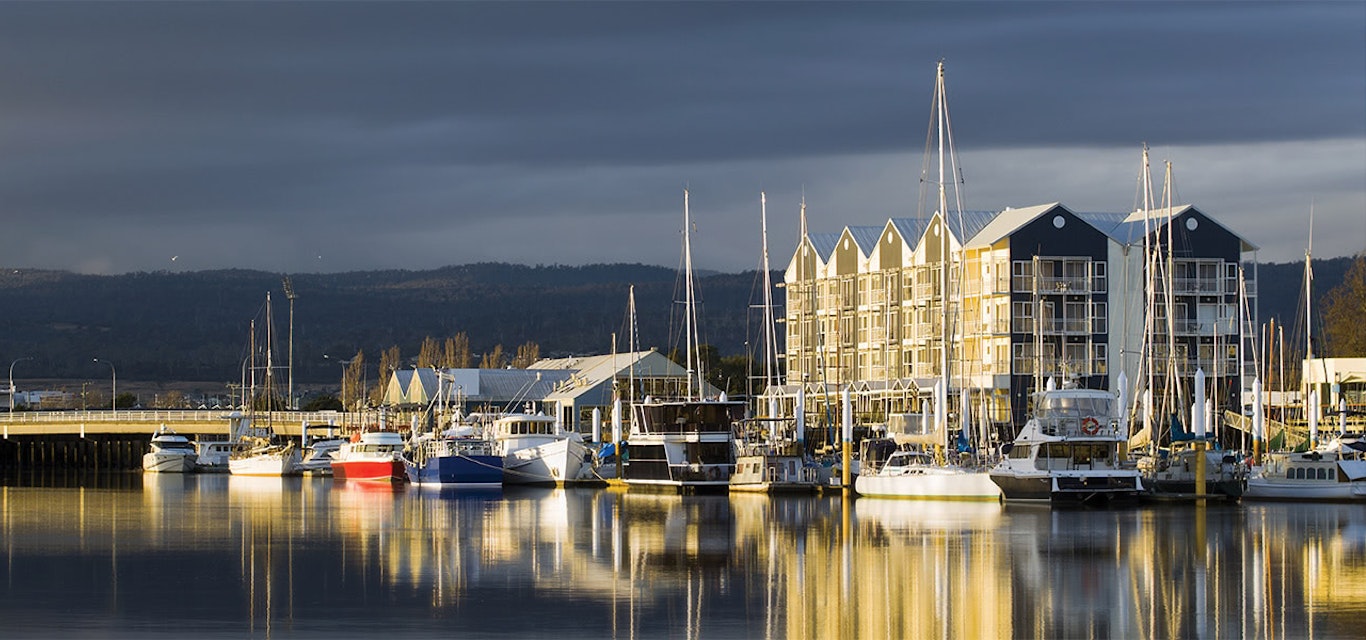A vision for the north
The way people travel across Greater Launceston needs an urgent rethink in order to future-proof the region's mobility network for the next 30 years.
Greater Launceston has the potential to become one of Australia’s most liveable regional cities, providing it can address the ways people travel both now and into the future.
Population and tourism numbers are growing across Greater Launceston. However, a side effect of this is increased vehicle use, resulting in traffic congestion.
In fact, a survey of our members found that 96% of people in Greater Launceston travel by car, while just 3% do so by bike, on foot or by public transport.
If ignored, these trends will only get worse, which is why the six Greater Launceston councils aim to address these issues through their Transport Vision and Work Plan.
While the councils’ documents are a good start, we want to see a long-term, 30-year vision for Greater Launceston that looks at not just infrastructure and congestion, but public and active transport, future mobility, urban planning, as well as social cohesion.
This is why we have developed a submission to the council-led process that has a 30-year focus for Greater Launceston mobility.
Identifying the problem
We wanted to understand how members of the community travel and their biggest concerns in Greater Launceston. To do this, we undertook a survey of our members, which received 1200 respondents.
Our survey found there is a major over-reliance on the private car, which was how 96% of respondents chose to travel. This has a significant impact on other modes, with just 1% of people walking and less opting to ride (0.9%) or catch public transport (0.7%).
However, the average trip to work in Greater Launceston is 9km, with 75% of people living within 10km of their workplace. This is an opportunity to increase active and public transport use as people can travel from anywhere in the wider urban area to the CBD within 20 minutes.
Stakeholder and community input
A key part of this project was meeting with mobility stakeholders, including all six Greater Launceston councils,Tasmanian politicians and the Department of State Growth.
In July we launched our own consultation process to gather not only the community’s thoughts on the councils’ Transport Vision and Work Plan, but also solutions to issues facing Greater Launceston.
The response was fantastic. We received 60 submissions outlining a range of ideas, from major infrastructure projects,more cycleways and walkways, improved public transport options, adoption of emerging mobility technologies and calls to increase community spaces.
Expert panel workshop
The next step was to tap into the considerable expertise of an independent panel during a workshop session. This panel helped us refine these submissions, while considering all available research, in order to finalise a variety of unique priorities.
Our submission
Our submission document identifies a range of priorities for Greater Launceston, including:
Consideration of major infrastructure projects;
More cycleways and walkways;
Improved public transport options;
Adoption of emerging mobility technologies;
Enhanced urban planning principles; and
More community spaces.
What’s next?
This document has been provided as feedback to the six councils’ Greater Launceston Transport Vision and Work Plan, outlining how we can all work together to achieve the highest priorities for the region in the short, medium and long term.
We now look forward to working with the six local councils and Tasmanian Government to create a unified vision for Greater Launceston.
Once we have this unified vision, we will use it as an advocacy tool to create a safe, sustainable and future-focused mobility network across Greater Launceston.
